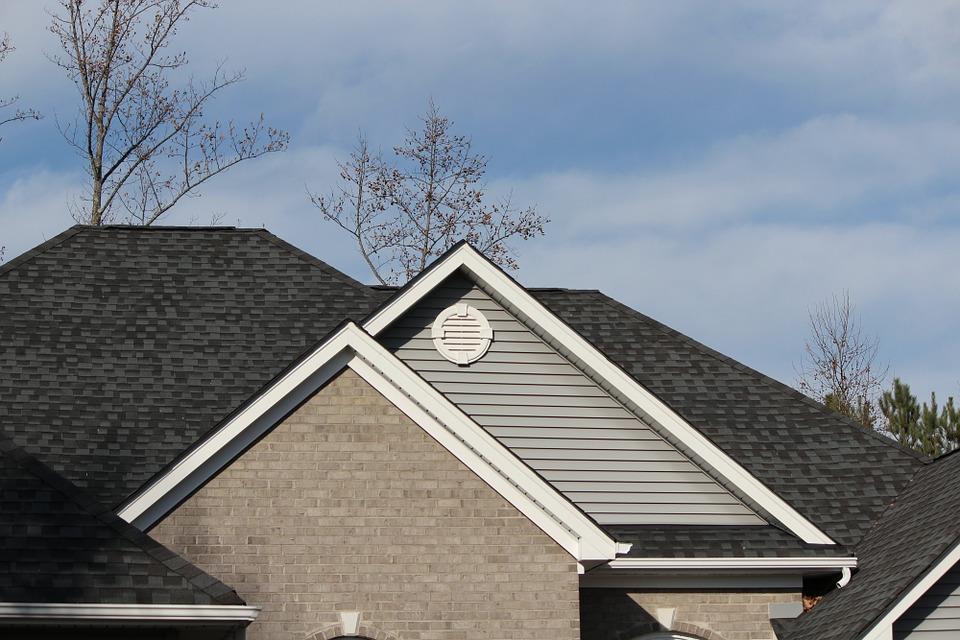Flashing is an essential component on any roof – it is the stripe or stripes of material installed wherever two roofing sections meet, such as roof valleys or in points where the roof meets a wall, or where the roof around the openings, such as around the chimneys or the skylights, requires reinforcement and weather protection.
The principle role of flashing is to prevent water from penetrating the roof surface and how well it can fulfill that role depends not only on the quality of the material, but on the quality of the installation as well. No matter how great the quality of the flashing material, if it is not installed properly by a Dallas roofing company, water will find its way underneath the flashing and will damage not only the surface of the roof, but its deeper layers as well, probably causing rot, mildew and leaks in the attic and in the home as well.
The process that concludes in having strong and durable flashing on your roof starts with buying the right type of flashing material and continues with professional Dallas roofing company installation – here are some further details about both project phases.
The Material that Flashing Is Made of
Flashing stripes come in many different varieties, the most common types of flashing being metal and non-metallic flashing, also called flexible flashing or peel-and-stick flashing. Aluminum, copper, lead, galvanized steel, stainless steel and zinc alloy are the most common types of metal flashing, while the most common materials used for making flexible flashing are butyl rubber, acrylic and rubberized asphalt.
There are several, very important differences between metal flashing and flexible stripes:
- The flashing solutions that use metal are generally considered to be more durable and more resistant in a wide range of climate conditions, including wet and dry, hot and cold climates;
- Flexible flashing can be folded to fit awkwardly-shaped spaces and it also adheres better to the surface of installation, forming a more efficient waterproof layer;
- Many flexible solutions come with peel-and-stick installation systems that are easier to use, while the installation of metal flashing requires soldiering and special expertise.
Both flexible and metal flashing are available in pre-shaped forms, semi-prepared to match the shape of the place of installation.

The Importance of Flashing Installation Done Right
The best way to ensure that the flashing on your roof is installed the way it should be is to hire a professional to do it for you. Each roof is different, each has special features that need to be addressed and each roof that needs flashing requires a different approach. Generally speaking, regardless of the area where the flashing is installed, the process will involve cleaning the area, then fastening the flashing material, but the technique will vary depending on the material of the flashing and on the place of installation as well. Some flashing installation process, mostly the installation of metal flashing, requires the usage of a soldiering iron and work with hot substances, such as hot metals, as well as work done in awkward positions at heights, so the complexity of the process and the importance of doing it all right definitely calls for a professional.